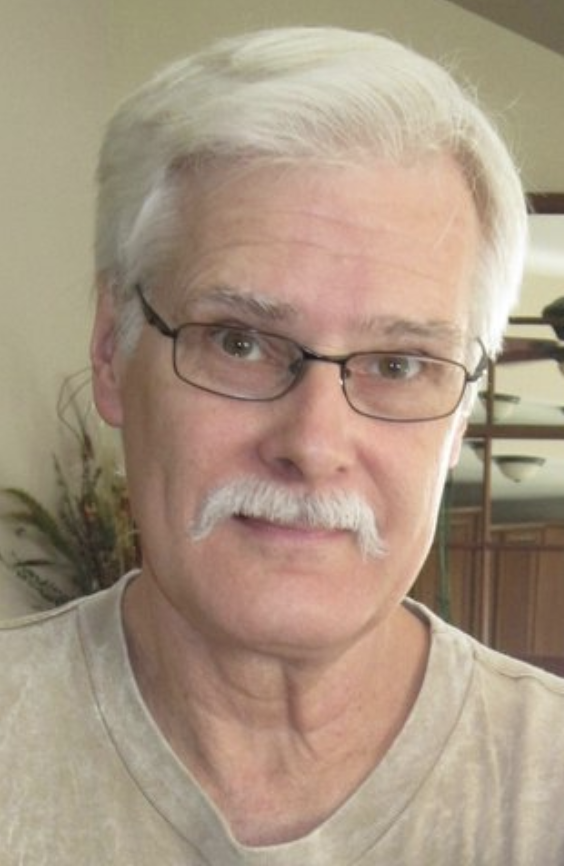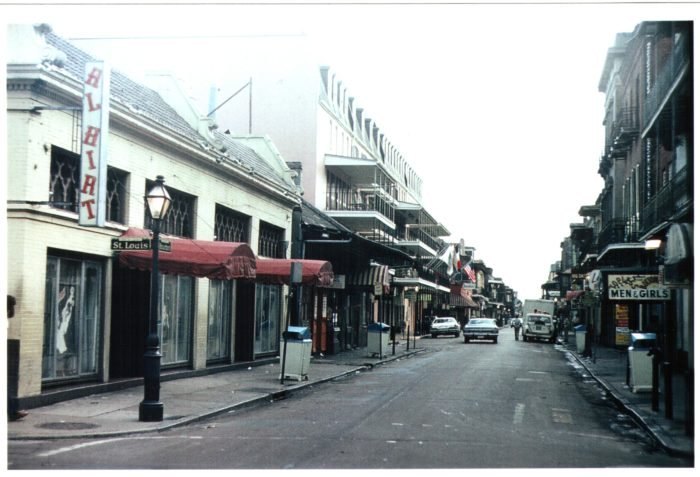Jim Markway is a local New Orleans music veteran who has played bass professionally for over 45 years. He has experience playing with jazz legends on Bourbon, being on the main stage at Jazz Fest, as well as touring internationally with famous music groups like the Mamas and the Papas. Jim now mostly plays traditional jazz in various jobs in the French quarter and works as an adjunct music professor at Tulane University.
Throughout my time in New Orleans as a musician, I have always been extremely curious about the organization of the music business in this extremely musical city. New Orleans is known for its arts culture and musical talent, and draws in millions of tourists every year. Although this culture and vibrant music scene are major economic stimuli for the city, how is it that so many gifted musicians in a land of seemingly boundless musical performance opportunity must take up multiple jobs to support in order to support themselves and their families?

(Cred: Jim Markaway)
In a recent interview for my Media Histories class at Tulane University with Jazz performance veteran and Tulane Professor James (Jim) Markway, many insights into the changing fabric of New Orleans music business were shared. The answer to the aforementioned question is not simple, and involves both the devastation of Hurricane Katrina and the decline in activity from music unions in New Orleans. Jim was able to share many insights about the New Orleans music scene and its history and evolution, as he has been active in the music scene since 1966 when he worked with musicians from the previous musical generation, played on the main stage at Jazz Fest, played regularly at venues on Bourbon and Frenchmen street, and now educates younger jazz musicians.
Jim begins by explaining what he learned about unions as a young musician on Bourbon, saying “Well, one thing that is very, was very different from [Music’s past in New Orleans] that’s different now, is the decline of unions. The older guys told me when they started working all the house gigs were union gigs. And so that afforded them not only the ability to support a family, without their spouses working, but gave them job security, and that if they lost a job. They had a two-week notice and as Don Stuart would tell me all you had to do is go across the street, you can get another gig. So, these guys worked 52 weeks a year, six nights a week and supported their family by doing it because the gigs were union.” This concept is hard to believe now, as most music performance jobs aren’t union-affiliated, and do not offer the same kind of support that allowed these performers to provide for their family.

Wikicommons / Derzsi Elekes Andor
Although these union jobs seem to be far in the rearview, only remembered by those who played decades ago, the union work done by these musicians and its benefits is currently under threat by the coronavirus pandemic. One of these monetary benefits given to union musicians is called the multiple employer pensions, which is a small pension given for monetary support. Jim states that as a result of the virus “ a lot of the “multiple employer pensions” are now and under threat,… we see how a lot of people that were gig economy workers are now under threat, whereas in years past, some of those jobs would have been union and they would have certain protections and benefits because they were union.”
Jim says that the music scene in New Orleans has experienced similar devastation before, and hopes that the scene will be able to rebound. One of these instances of economic devastation was the aftermath of from Hurricane Katrina. Jim had the opportunity to regroup and move to another city after Katrina’s devastation, but like many other musicians, he decided to come back. Jim also says that after Katrina, the rebuild of the New Orleans music community never truly sprung back. Before Katrina, he states that he was doing between “350 to 400 gigs a year” whereas now he maybe does 150 gigs. It is worth noting that he believes part of this is due to his age and the jobs he holds, but it functions to show how drastically the music scene in New Orleans changed after post-Katrina.
So what happens next? If musicians are to view the NOLA music scene as “pre-Katrina” and “Post-Katrina” over 15 years after its devastation, how will the coronavirus impact New Orleans music? Jim is hopeful. New Orleans is known for its endless scene of music and jazz clubs, which Jim believes will always have a major hold on the city even after coronavirus. He says that after Katrina’s devastation “The clubs have changed, you know, but they still have plenty of small clubs. I think they always will even after this coronavirus scare is over, some clubs will go out of business, but there will be other clubs to take their place.” This has left me hopeful for the future because much like New Orleans itself, the music scene’s resilience has stood the test of time.
By looking to the past through Jim Markway’s reflection on New Orleans as a musician, we are able to see a message of hope, that New Orleans music has and will conquer anything in its path.
 New Orleans Startups
A brief overview of the growing New Orleans startup scene. This piece highlights the main industries of New Orleans, competing cities, and just how emerging the current entrepreneurial/startup scene is in New Orleans.
New Orleans Startups
A brief overview of the growing New Orleans startup scene. This piece highlights the main industries of New Orleans, competing cities, and just how emerging the current entrepreneurial/startup scene is in New Orleans.
 A Bin in Every Classroom: Why Tulane Should Lead on Composting
I asked a peer, Isabel, for her thoughts on composting: “Why do...
Tulane
A Bin in Every Classroom: Why Tulane Should Lead on Composting
I asked a peer, Isabel, for her thoughts on composting: “Why do...
Tulane